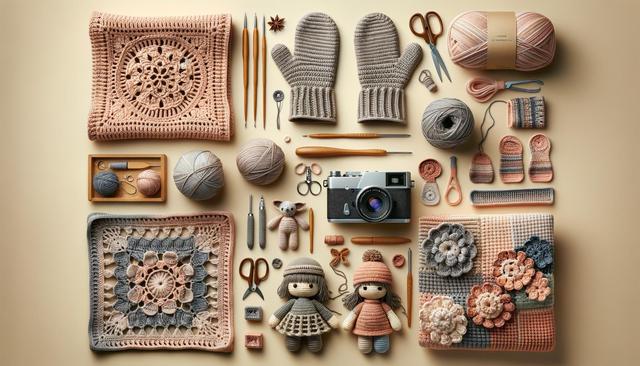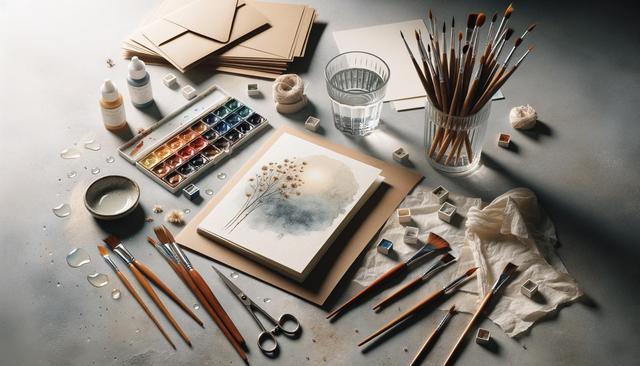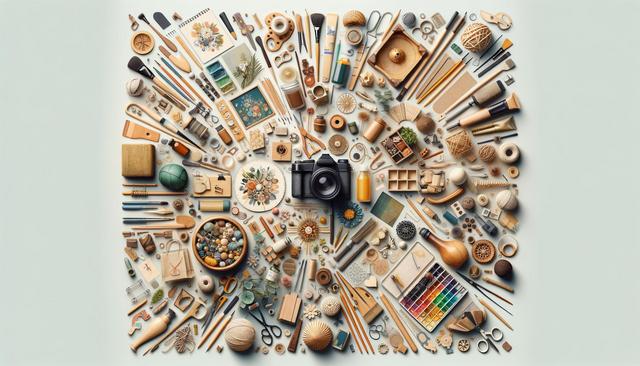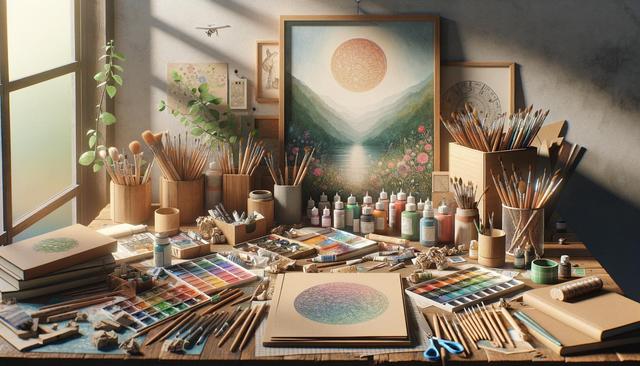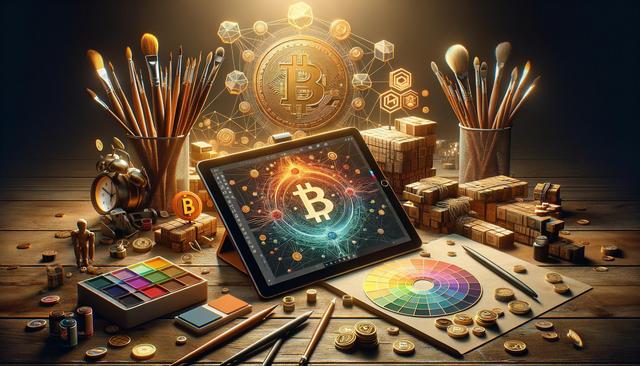The Evolution of Traditional Art in the Digital Age
The fusion of traditional art and digital design has revolutionized the way artists express creativity in the modern era.
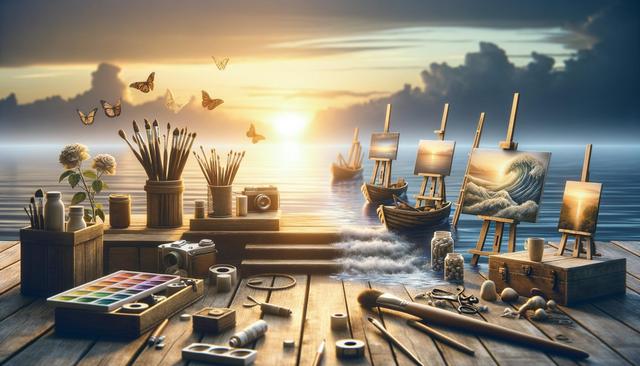
Blending Tradition with Innovation
The evolution of traditional art in the digital age is a fascinating journey of blending age-old techniques with modern technology. As digital tools became more accessible, artists began to explore new mediums that allowed for greater experimentation and flexibility. Traditional artists, who once solely relied on canvases and physical materials, now incorporate digital elements into their work. This blending of techniques has not only expanded the possibilities for artists but also enriched the art community as a whole.
Digital art tools offer advantages that traditional methods cannot. For instance, digital platforms allow artists to easily undo mistakes, experiment with different styles, or layer elements without the risk of damaging the original piece. This flexibility encourages creativity and innovation, enabling artists to push the boundaries of their craft. Furthermore, digital design offers a level of precision that is difficult to achieve with traditional methods, making it a valuable addition to any artist’s toolkit.
The Impact of Technology on Artistic Expression
Technology has profoundly influenced artistic expression, offering new avenues for artists to explore. Digital design software provides a diverse range of tools that mimic traditional techniques, such as oil painting, watercolor, and sketching, while also introducing entirely new possibilities. For example, digital sculpting software allows artists to create intricate 3D models that can be manipulated, textured, and rendered in ways that physical sculpting cannot achieve.
Moreover, technology has enabled artists to reach a global audience through online platforms and social media. Artists can showcase their work to a wider audience, receive instant feedback, and even collaborate with others across the globe. This interconnectedness has fostered a vibrant art community that thrives on sharing ideas and techniques.
Challenges and Opportunities in the Digital Realm
While the digital age offers numerous opportunities, it also presents challenges for traditional artists. One of the primary concerns is the perception that digital art lacks the authenticity or ‘soul’ of traditional art. Some purists argue that the tactile experience of working with physical materials cannot be replicated in a digital format. However, many artists have successfully bridged this gap by using digital tools to enhance their traditional work rather than replacing it.
Another challenge is the learning curve associated with mastering digital tools. Artists who are accustomed to traditional methods may find it daunting to adapt to new software and technologies. However, with dedication and practice, many artists have successfully integrated digital techniques into their repertoire, opening up new avenues for creativity and expression.
The Rise of Digital Art Communities
The digital age has given rise to vibrant online art communities where artists can share their work, learn from one another, and collaborate on projects. Platforms dedicated to digital art provide spaces for artists to display their pieces, participate in challenges, and gain inspiration from peers. These communities offer invaluable resources, such as tutorials, critiques, and support, fostering growth and development for artists of all skill levels.
Furthermore, digital art communities have democratized the art world, making it more accessible to aspiring artists who may not have had the opportunity to study art formally. The availability of online tutorials and resources allows anyone with an internet connection to learn and develop their skills, contributing to a more diverse and inclusive art landscape.
The Future of Art in a Digital World
As technology continues to advance, the future of art in the digital world looks promising. Emerging technologies like virtual reality, augmented reality, and artificial intelligence are poised to further revolutionize the way artists create and experience art. These innovations offer exciting opportunities for artists to explore new dimensions of expression and interaction.
For instance, virtual reality allows artists to create immersive environments that viewers can explore in three-dimensional space, providing a new level of engagement and interaction. Augmented reality can enhance traditional art pieces by overlaying digital elements onto physical works, creating a dynamic and interactive experience. Artificial intelligence can assist artists in generating new ideas, patterns, and compositions, pushing the boundaries of creativity even further.
Conclusion
In conclusion, the evolution of traditional art in the digital age has opened up a world of possibilities for artists. By embracing digital tools and techniques, artists can expand their creative horizons, reach a broader audience, and explore new forms of expression. While challenges exist, the opportunities presented by digital design are immense, offering artists the chance to innovate and redefine what art can be. As we look to the future, the fusion of traditional and digital art will continue to inspire and captivate audiences worldwide, cementing its place in the ever-evolving landscape of artistic expression.

